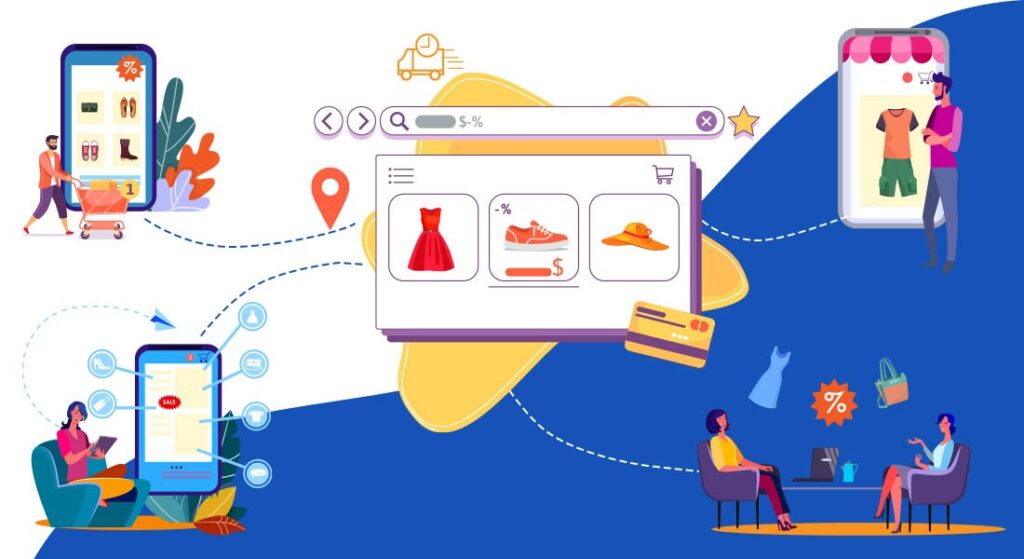
In the ever-expanding realm of online commerce, standing out requires more than just a sleek website and quality products. Enter website personalization – the secret sauce that transforms ordinary shopping experiences into extraordinary journeys tailored to individual preferences. Let’s break down this powerful tool in a way your marketing team can easily grasp.
Understanding Website Personalization: Elevating the Shopping Experience
What is Website Personalization?
At its core, website personalization involves customizing the content, recommendations, and overall layout of your e-commerce site based on individual user behavior, preferences, and demographics.
Why Does it Matter?
- Enhanced User Experience: Personalized websites make users feel seen and understood, leading to a more enjoyable shopping process.
- Increased Conversions: Tailoring recommendations and content can significantly boost conversion rates by showcasing items that resonate with the user.
Key Personalization Strategies for E-commerce:
1. Product Recommendations Aligned with User Preferences
- How it Works: Analyze past purchases, browsing history, and wish lists to suggest products aligned with individual tastes.
- Why it Matters: Boosts cross-selling and upselling opportunities, increasing the average order value.
2. Dynamic Content Based on User Location and Behavior
- How it Works: Display different content or promotions based on the user’s location or specific actions on your site.
- Why it Matters: Enhances relevance and encourages engagement by showcasing content tailored to the user’s context.
3. Personalized Email Campaigns and Notifications
- How it Works: Use customer data to send targeted emails and notifications, such as personalized promotions or abandoned cart reminders.
- Why it Matters: Improves customer retention and encourages repeat purchases by keeping your brand top of mind.
4. Tailored Landing Pages for Segmented Audiences
- How it Works: Create unique landing pages for different customer segments, such as first-time visitors, loyal customers, or those interested in specific product categories.
- Why it Matters: Provides a more relevant and engaging experience, increasing the likelihood of conversions.
Implementing Website Personalization:
1. Leverage User Data Responsibly
- Ensure compliance with data privacy regulations.
- Use data analytics tools to gain insights into user behavior.
2. Invest in a Robust E-commerce Platform
- Choose an e-commerce platform that supports advanced personalization features.
- Integrate personalization tools seamlessly into your existing infrastructure.
3. Test and Optimize Continuously
- Conduct A/B testing to assess the effectiveness of personalized elements.
- Continuously optimize based on user feedback and evolving trends.
Conclusion: Elevate Your E-commerce Game with Personalization
In the competitive landscape of online shopping, website personalization is the key to creating a unique and memorable brand experience. By tailoring your e-commerce site to the individual needs and preferences of your customers, you not only enhance their journey but also increase the likelihood of turning browsers into loyal buyers.
So, embrace the power of website personalization, infuse your brand with a touch of individuality, and watch your e-commerce venture flourish in the hearts and minds of your audience. Happy personalizing! 🛍️💻
